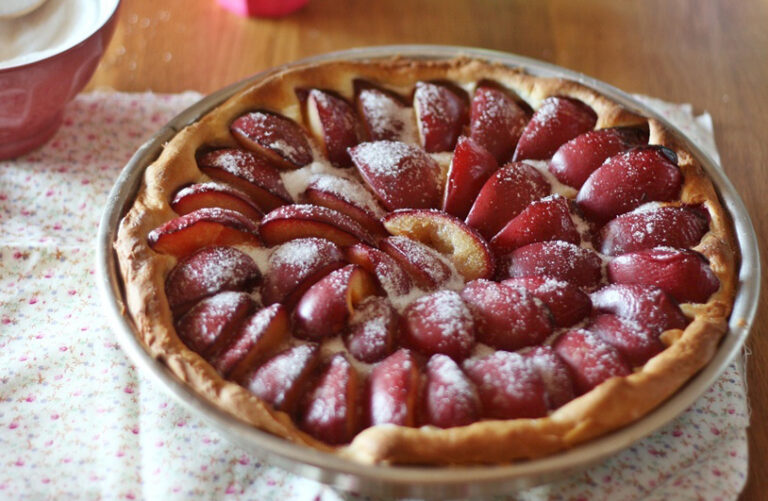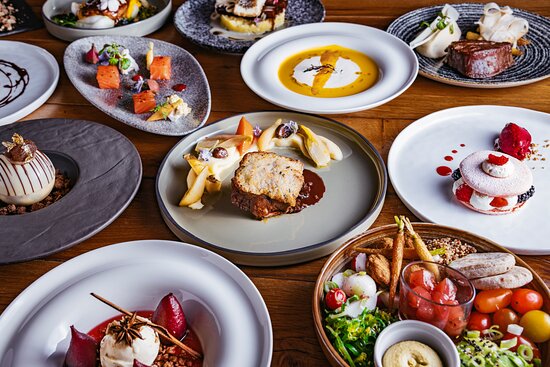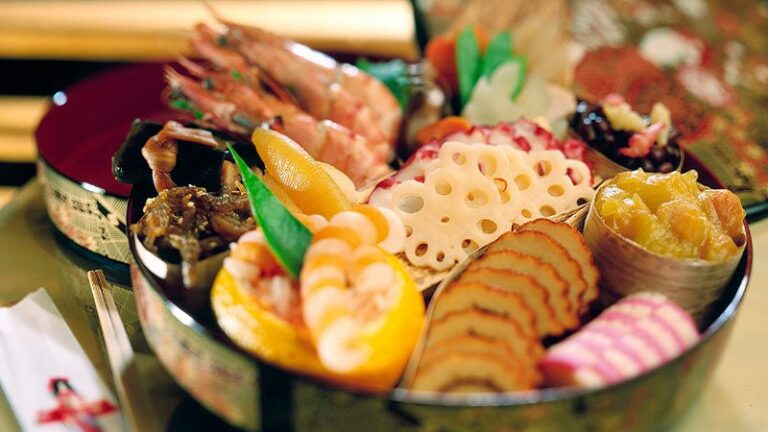Introduction to Luxembourg Cuisine
Luxembourg is a small landlocked country in Western Europe that is renowned for its distinctive cuisine. Its cuisine reflects the country’s rich cultural heritage and history, which has been influenced by its neighboring countries, including Germany, France, and Belgium. Luxembourgish cuisine is characterized by its hearty and filling dishes, which feature a range of meats, vegetables, and dairy products. It is also known for its sweet treats, such as pastries and desserts.
Understanding Traditional Snacks and Appetizers
When it comes to traditional Luxembourgish cuisine, one cannot miss out on the snacks and appetizers that are an integral part of the country’s food culture. These snacks and appetizers not only provide a delicious taste but also offer a glimpse into the history and culture of Luxembourg. The snacks and appetizers in Luxembourgish cuisine are often served before the main course and are a great way to whet the appetite.
Gromperenzalot: A Hearty Luxembourgish Dish
Gromperenzalot is a traditional snack in Luxembourg, which is essentially a potato salad with bacon and onions. This dish is a popular appetizer and can be found at most local restaurants and cafes. The salad is made with boiled potatoes, chopped onions, and crispy bacon pieces, which are all mixed together with a creamy dressing. It is often served with a side of crusty bread, making it a filling and satisfying snack.
Judd mat Gaardebounen: Smoked Pork with Beans
Judd mat Gaardebounen is a classic Luxembourgish dish that is often served as an appetizer. It is made with smoked pork collar and a side of green beans in a flavorful sauce. The pork is first soaked in a brine solution before being smoked, which gives it a distinctive taste and texture. The green beans are cooked until tender and are served with the pork, making for a hearty and delicious snack.
Rieslingspaschtéit: A Pastry Filled with Meat in White Wine Sauce
Rieslingspaschtéit is a traditional pastry dish in Luxembourg that is often served as an appetizer. It is made with a flaky pastry crust that is filled with meat, such as veal or pork, in a white wine sauce. The dish is typically served at room temperature and is often accompanied by a glass of white wine. The pastry is light and buttery, while the filling is rich and flavorful, making it a must-try for anyone visiting Luxembourg.
Boxemannercher: Delicious Almond Pastries for Sweet Tooths
Boxemannercher is a classic Luxembourgish pastry that is perfect for those with a sweet tooth. These pastries are made from a buttery almond dough that is formed into a small, cylindrical shape and then coated in sugar. They are often served with a cup of coffee or tea and make for a satisfying mid-day snack. The pastries are a popular treat during the Christmas season and can be found at most local bakeries and cafes.
In conclusion, Luxembourg cuisine is a unique blend of influences from its neighboring countries, and the snacks and appetizers play a crucial role in showcasing the country’s rich history and culture. From hearty potato salads to light and buttery pastries, Luxembourgish snacks and appetizers are a must-try for anyone visiting the country.










